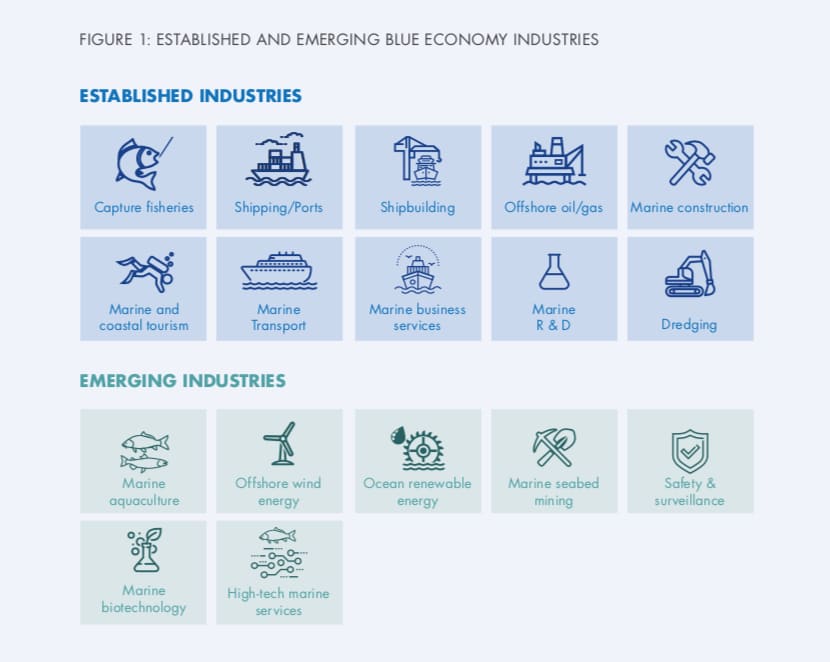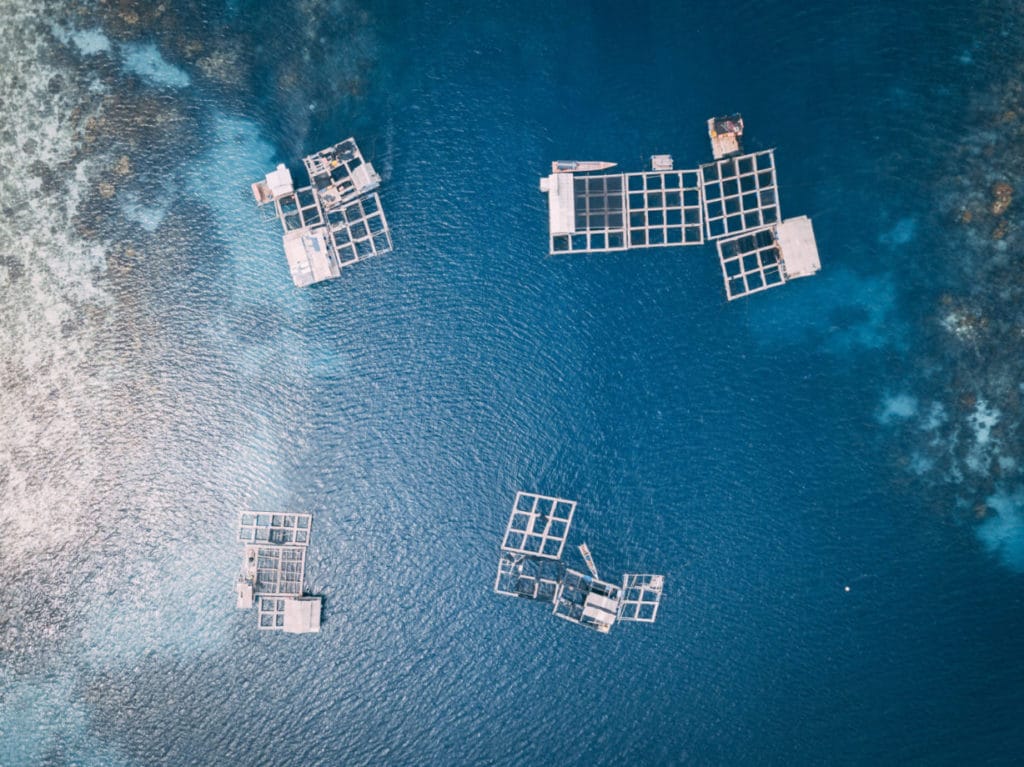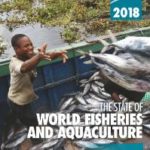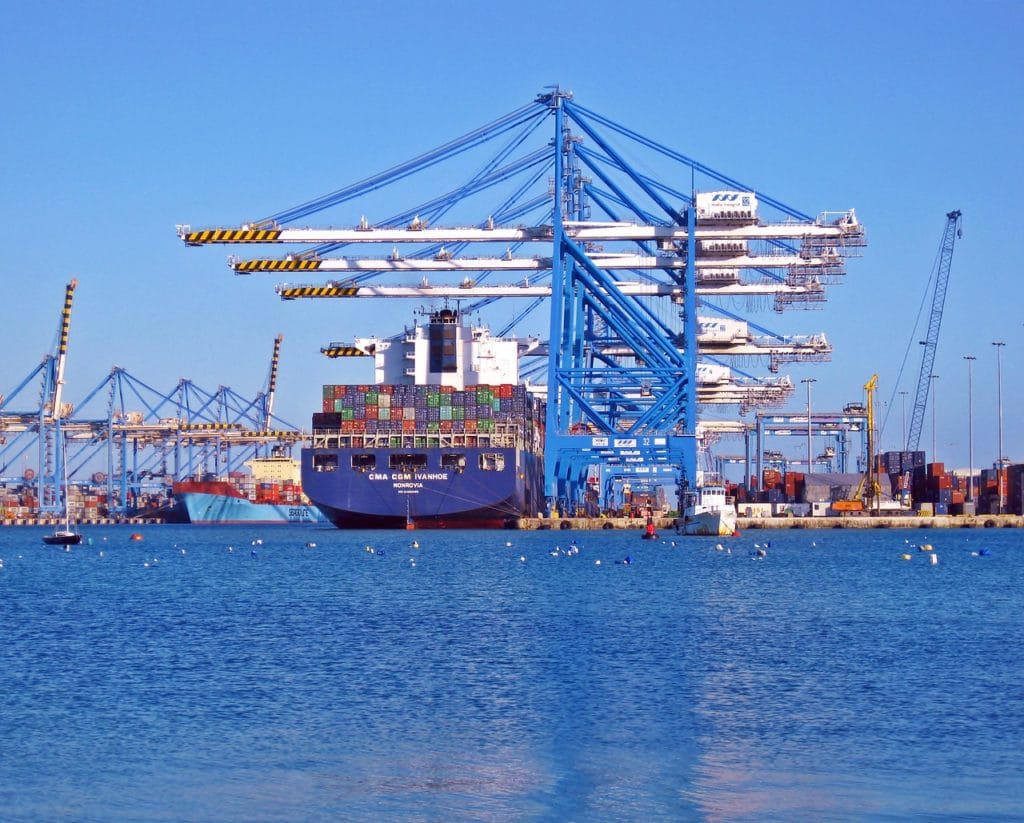Content
The Blue Economy take place in the ocean and seas, lakes and rivers and use outputs for consumption and as a source of economic growth in a sustainable way. The different definitions formed a consensus about the economic sectors of the Blue Economy.
Whether it makes sense to distinguish between established and developing sectors of the Blue Economy, as the European Union (2018: The annual economic report on EU Blue Economy 2018, Brussels.) does in its annual report, cannot be conclusively answered yet.

The common understanding of the Blue Economy will include the following sectors:
- Fishery and Aquaculture
- Maritime Transportation, Shipping/Ports
- Coastal Tourism and Cruise Ship Industry
- Marine Biotechnology
- Seawater desalination
- Deep Sea Mining, Offshore oil/gas
- Renewable Energy
- Ship and Boatbuilding
- Maritime Construction
- Defense and Security
- Research and Education
Fishery

The fishing industry has not changed a lot in recent years. The importance of fishing for feeding the world’s population has undoubtedly remained the same. Hundreds of millions of people depend on fishing every day, despite the growing importance of aquaculture. For many people, it is even the only available source of protein. In 2016 the total catch was 90.9 million tonnes (2011: 92.2 million tonnes). 79.3 million tonnes in the marine environment and 11.6 million tonnes inland.
| -> All figures: FAO. 2018. The State of World Fisheries and Aquaculture 2018. Meeting the Sustainable Development Goals. Rome.
Unfortunately, the negative effects of the fishing industry have hardly changed. The figures for overfished or overexploited fish populations are still depressingly high. And fishing quotas have not truly contributed to the improvement. The development of the last decade has confirmed their largely ineffective impact on sustainable fishing. 58 percent of the fish population is fully fished, and a third is overfished. To sum it up: 90 percent of the fish population is over- or outfished.
Sustainable fishing has a huge potential.
The lessons which we learned in recent years is as simple as easy. Give the fish time to recover. The experience of decades of discussions showed that Marine Protected Areas (MPA) are more efficient than fishing quotas. The future of this sector lies in a combination of larger stock and sustainable fishing. More and more of the overfished population goes the way to be outfished. There is the possibility that there is not enough food in the ocean for the growing world population. Lost of economic benefits per year by roughly 83 bn USD/per year. That is a significant threat to food security, nutrition, and health.
The goals should be to achieve more sustainable catches with low energy consumption and lower costs; to improve food security and livelihoods by restoring over-exploited or collapsed fish stocks, applying the precautionary principle and scientifically based fisheries management.
Aquaculture

Aquaculture is on the march. The importance of aquaculture for feeding the world’s population is increasing, and this trend will continue. The expectation is high, and hundreds of millions of people depend on aquaculture. For many people, it is even the only available source of protein. In 2016 the total production of aquaculture was 110.2 million tonnes (2009: 55.7 million tonnes): 80.0 million tonnes of food fish and 30.1 million tonnes of aquatic plants
| -> All figures: FAO. 2018. The State of World Fisheries and Aquaculture 2018. Meeting the Sustainable Development Goals. Rome.

We won’t be able to feed of more than 9 billion people in 2050 without a permanent increase of production in the sector of aquaculture. Sustainable aquaculture or mariculture has huge economical potential. Aquaculture is more attractive and less expansive on the lower end of the food chain.
Unfortunately, the negative effects of the aquaculture have hardly changed. Medication in the form of antibiotics is often necessary to keep the fish without infection caused by attacks in overcrowded cages during breeding in small space. Overcrowded population getting aggressive in that condition. Pellets falling through the net and harming the marine ecosystem in the sensitive region. The major threat to food security, nutrition and health are the overdosing of antibiotics and the environmental pollution of the sea in the nearer cage area. Fish can also escape, and when he does, he will not find himself in the normal environment (like Atlantic salmon in Pacific waters). Or is without any enemy and can kill the whole population of other fish, which happened several times in Chile. Nevertheless, Aquaculture has a high potential for sustainable development, provided that sustainable production patterns are respected and overfeeding and medication is avoided.
Maritime Tourism

Maritime tourism is and will be a booming sector of the Blue Economy. Maritime tourism will grow faster and further. There are approximately 3.2 million jobs are in the maritime tourism sector only in Europe.
Coastal and maritime tourism highly depends on good environmental conditions and on good water quality in particular. Coastal tourism covers tourism in the coastal area and associated industries. When we talk about maritime tourism we can make a in beach-based recreation and tourism (e.g. sunbathing), and non-beach related land-based tourism in the coastal area. And there is also the classic water-based tourism (e.g. swimming, surfing, diving, nautical sports, etc.).
Cruising can be also considered part of coastal and maritime tourism. Cruise ship industry grows extremely fast.
In 2017, an estimated 25.8 million passengers cruised, representing 4.5% growth in 2016. Cruise travel is on the rise, with 27.2 million passengers expected to set sail in 2018. In 2016, cruise tourism’s total economic impact on the global economy was measured at $126 billion, an increase of 7.6% over 2015. For the first time, employment in the cruise industry exceeded 1 million people and generated over $41 billion in income. Overall growth in the cruise industry (64%) has exceeded that of the general global tourism sector (45%) over the past 10 years.
The expected growth in maritime tourism has implications for economic development. But there isn’t sunshine everywhere. Many jobs in the tourism sector are only part-time jobs or seasonal. Over-tourism is also an imminent threat. If too many people travel to the same place it is only a question of time before the attraction will be harmed or destroyed by the people.
Maritime Transportation

Marine Transportation/Shipping industry and ports are central sectors of the Blue Economy concept. Countries without sufficient marine construction, shipbuilding or repair, transport capacity, and ports will have difficulties in full participation in the global economy. Up to 90 percent of global trade by volume and more than 70 percent of its value is carried by ships and handled by ports. The industry grows slowly. In 2016 an increase of 2.6 percent (1.5 % in 2015), with a total volume of 10.3 billion tons. This is below the average of 3 percent of the last four decades.
The forecasts for the sector are only slightly better. A lot of transport space isn’t used because the industry is still suffering from the impact of the economic crisis in 2008/2009. Ports are facing a growth problem. The growth rates in 2015, 2016 and 2017 were among the lowest recorded by the industry over the 2000–2016 period. On the other hand, the expectations of the shipping line are high. Ports are facing increasing competitive pressure. Optimization of operations, cost reduction, time efficiency, and trade promotion objectives could help to improve performance levels.
“For the fifth year in a row, world fleet growth has been decelerating. Nevertheless, the supply of ship-carrying capacity increased faster than demand, leading to a continued situation of global overcapacity and downward pressure on freight rates and earnings…The collective operating loss reported by the container-shipping market in 2016 amounted to $3.5 billion.”(UNCTAC 2017)
A big producer of C02
Another pressing issue is the massive pollution of the air and sea. The sector is a big producer of C02. There was and is a tendency that growth will win over environmental protection.
“Shipping may seem like a clean form of transport. Carrying more than 90% of the world’s trade, ocean-going vessels produce just 3% of its greenhouse-gas emissions. But the industry is dirtier than that makes it sound. By burning heavy fuel oil, just 15 of the biggest ships emit more of the noxious oxides of nitrogen and sulfur than all the world’s cars put together.” (The Economist 2017)
The main type of “bunker” oil for ships is heavy fuel oil, derived as a residue from crude oil distillation. Crude oil contains sulfur which ends up in ship emissions. Sulfur oxides (SOx) are known to be harmful to human health. From 1 January 2020, the limit for sulfur in fuel oil used on board ships operating outside designated emission control areas will be reduced to 0.50% m/m (mass by mass).
The maritime transportation sector will grow and the forecast of UNCTAD is 3.2 percent for the period 2017 – 2022. Increasing crossing border e-commerce will support greater demand for container ships.
“New technologies are transforming the maritime transport industry and providing opportunities to improve economic efficiency, optimize logistics management systems and operations, and expand connectivity, including digital connectivity. “ (UNCTAD 2017)
New technology will reduce CO2 production and negative environmental impact. The dependence from heavy oil as fuel will be reduced by using more liquid natural gas (LNG). Other refined oil and wind (sail) will support the change of the industry. Artificial Intelligence (AI) will play a bigger part on the bridges of the future and Blockchain technology will have a huge impact on the whole logistics sector.
Cooperation between the public and private sector
Although we saw between 2000 and 2016 68.8 billion of private investment in different ports, there is still a place for better cooperation between the public and private sector. The UNCTAD recommends forming alliances to reduce the overcapacity and the building of fewer ships. But the alliances have a risk that they may lead to too much concentration in fewer hands and the danger of the forming of oligopolistic structures.
Low transport connectivity continues to make access to smaller economies to global markets more difficult. Many Small Island Developing States (SIDS) are among those most affected, given their access to fewer, less frequent, less reliable and more costly transport connections.
